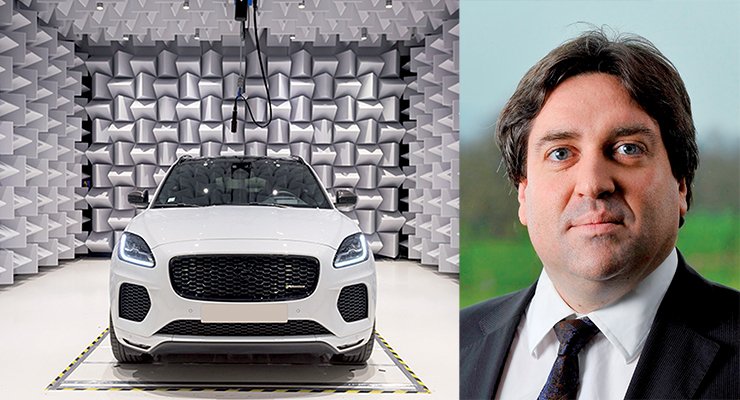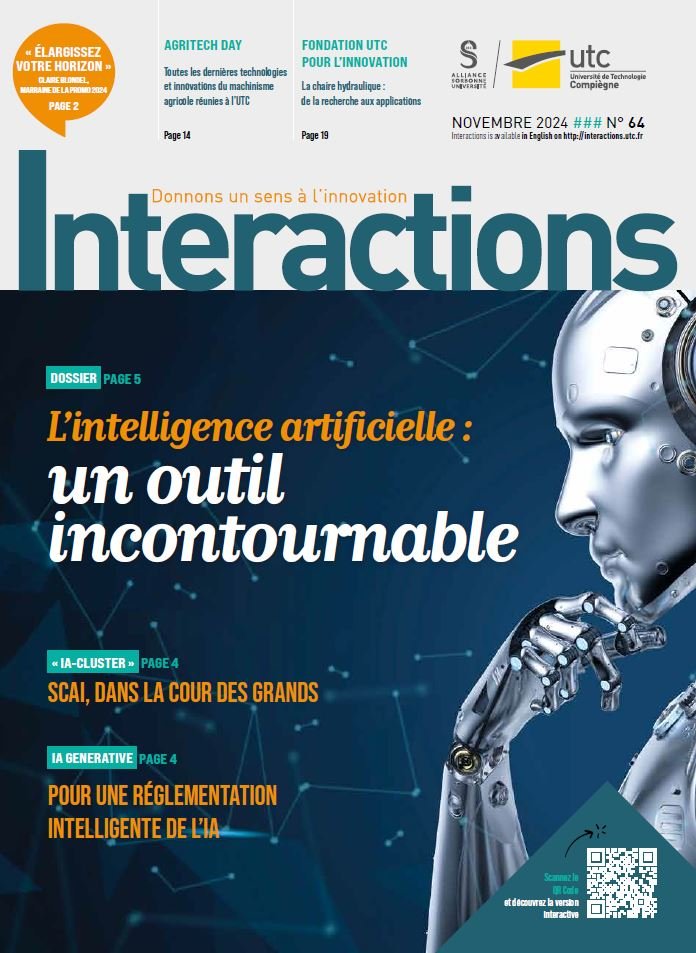Innovation objective

Arnaud Duval, graduate of Arts et Métiers in Angers and holder of a DEA in acoustics from the University of Le Mans, was appointed the Acoustics and Innovation Director of the Trèves group in 2016. A group that adheres to the United Nations Global Compact project.
Not wishing to continue with a thesis, he chose to work in industry and more particularly for the automotive sector. The role of the acoustician? «Our job is to reduce noise. Either by acting directly at the source or, if we can’t, by preventing the noise from being transferred to the area of the occupants or users of any noisy machine. Finally, the tools used in the automobile industry can be transposed to the railways or the aeronautics industry, for example. However, we do not have the same constraints concerning fire, etc.,» he explains.
So, after several years with an automotive supplier, he arrived at Trèves with a precise roadmap. «One of my missions was to manage both the acoustic and thermomechanical expertise and the innovation plan. It was a question of structuring innovation by setting up processes, called ‘Technology Readiness Level’, similar to those of the aeronautics industry,» he says.
But his role does not end there. He contributes to the group’s external influence, notably through international conferences, and is in charge of research collaborations with academic institutions, including UTC. «We set up funded research programmes, in particular with Cifre doctoral theses. We have two permanent PhD theses, one of which is currently with UTC, and two post-doctoral theses at the moment. With the Cifre theses, we are working, for example, on the problem of encapsulating engines with the aim of reducing noise. Indeed, by 2024, the standard for external noise, which is 70 dBA today, will be reduced to 68 dBA, knowing that we have already reduced it by two dB over the last three years. This is considerable,» he explains. Noise reduction can be achieved in two ways. «The manufacturers ask us to reduce the noise at the source. So by acting directly on the engine. This has an impact on the noise generated both inside and outside. But also to find solutions to reduce rolling noise, since this type of noise is becoming more and more preponderant with the development of electric vehicles,» adds Arnaud Duval.
Indeed, all manufacturers are faced with the same equation. «Among their priorities, interior acoustic comfort comes first as a differentiating element, but it is also a question of reducing exterior noise for the well-being of local residents, especially since the «Pass By» standards are becoming stricter. Studies are currently being conducted on the link between these standards and the reality of noise in cities. However, Bruitparif, which maps the sources and locations of noise pollution in the Paris region, points the finger mainly at vehicle horns, two-wheelers, lorries and only after that at private vehicles, particularly road contact rolling noise,» he explains.
Hence the major challenges of innovation in the materials used by the various players working on the noise problem, including the Trèves group. There are two main areas of focus. «The first, which we are working on, concerns the transition from plastic technologies to recycled and recyclable textile technologies for underbody panels, mudguards, etc. in order to reduce rolling noise with a potential of 0.7 to 1 dBA. Admittedly, this may seem like a small brick, but we hope to go further. The second concerns the issue of road surfaces. Bruitparif works a lot with road surface manufacturers. And we have observed that certain surfaces can generate a reduction in rolling noise of up to 6 dB, or even 8 dB! And if we only take the low range, on a ring road such as the Parisian periphery, this is gigantic!
Among the constraints weighing on the automotive sector? “The main challenge for the automotive industry today is to reduce emissions, particularly CO2, but also the overall environmental impact through life cycle analyses. This, at our level at Trèves, implies considerably increasing the proportion of recycled materials in our products but also ensuring their recyclability at the end of their life,» he explains.
Which materials will ultimately be used in the car of the future? «In the framework of Global Compact, a United Nations programme to which Trier is a member, the group has set itself the objective of achieving 80% recycled materials and 80% recyclable materials by 2027. This is ambitious but achievable, especially as we already have know-how in the use of recycled cotton or polyester fibres, for example. We are also increasingly moving towards the use of natural fibres such as linen or hemp. Most of our products already contain around 70% recycled material. Reaching 80% is therefore a major challenge,» concludes Arnaud Duval.




